乳液型丁腈UV减粘胶的制备与性能毕业论文
2020-04-25 20:24:11
摘 要
目前,我国的UV减粘胶制品的研究存在起步晚、技术含量低,发展不成熟等问题,UV减粘胶研究多偏向于聚氨酯丙烯酸酯体系,新方向新品种新体系的开发应用相比于国外落后很多。本文以水乳液丁腈UV减粘胶为研究对象,针对其制备和性能表征方面进行了深入的研究。
针对上述问题本课题采用了三种乳液型丁腈UV减粘胶的制备方法。研究内容主要包括邻苯二甲酸二丙烯酯(DAP单体)用量,增粘树脂的用量,制备方式等因素对UV减粘胶性能的影响。通过流变测试、180剥离测试对样品的乳液流体性能和胶膜强度等力学性质进行了表征,另外进行TACKTEST测试表征了其初粘和光固化的脱粘效果。
最终确定的最佳乳液型丁腈UV减粘胶制备方案为邻苯二甲酸二丙烯酯含量10%,水性松香乳液含量6%,在搅拌羧基丁腈胶乳条件下,缓慢滴加DAP单体和水性松香乳液。此方案制得的乳液型丁腈UV减粘胶兼顾了UV减粘胶的强度、初粘性能和脱粘效果。
关键词:UV减粘胶 光固化 丁腈 流变
Preparation and properties of emulsion type nitrile UV visbreaker
Abstract
At present, the research on UV visbreaking adhesive products in China has problems such as late start, low technical content and immature development. UV visbreaking research is mostly biased towards urethane acrylate system, and the development and application of new directional new system is compared with There are many backwards abroad. In this paper, water emulsion nitrile UV visbreaker was studied, and its preparation and performance characterization were deeply studied.
In response to the above problems, the preparation method of three emulsion type nitrile UV viscosifying adhesives was adopted. The research content mainly includes the influence of the amount of dipropylene phthalate (DAP monomer), the amount of tackifying resin, preparation method and other factors on the properties of UV visbreaking adhesive. The fluid properties such as fluid properties and film strength of emulsion nitrile UV visbreaker were characterized by rheological test and 180° peel test. TACKTEST test was carried out to characterize the debonding effect of initial adhesion and photocuring.
The final optimal emulsion type nitrile UV visbreaking agent preparation method is 10% dipropylene phthalate content, 6% aqueous rosin emulsion content, and DAP monomer is slowly added dropwise under stirring of carboxylated nitrile latex. Water-based rosin emulsion, the emulsion-type nitrile UV visbreaking adhesive prepared by this method takes into consideration the strength, initial tack property and debonding effect of the UV visbreaking adhesive.
Key Words: UV visbreaking adhesive ;light curing ;nitrile ;rheology
目录
摘 要 I
Abstract II
第一章 绪论 1
1.1乳液型UV减粘胶研究背景 1
1.2UV减粘胶固化概述 1
1.2.1UV固化基本原理 1
1.2.2 UV固化工艺特点 3
1.3 水性UV固化的特点和发展 3
1.3.1 水性UV固化工艺特点 3
1.3.2 水性UV固化胶粘剂体系的发展 4
1.4 UV减粘胶的组成和影响因素 5
1.4.1UV减粘胶的组成 5
1.4.2UV减粘胶的影响因素 7
1.5 本论文研究的意义和内容 9
第二章 实验部分 10
2.1实验原理 10
2.2实验内容 11
2.3实验原料和实验仪器 12
2.3.1 实验原料 12
2.3.2 实验仪器 13
2.4实验流程 13
2.4.1 样品制备 13
2.4.2混合方式对减粘胶性能的影响 15
2.4.3DAP单体含量对减粘胶性能的影响 16
2.4.4增粘树脂含量对减粘胶性能的影响 17
第三章结果与讨论 20
3.1 混合方式对减粘胶性能的影响 20
3.2 DAP单体含量对减粘胶性能的影响 24
3.3增粘树脂含量对减粘胶性能的影响 26
第四章 结论与展望 29
参考文献 30
致谢 32
第一章 绪论
1.1乳液型UV减粘胶研究背景
UV减粘胶就是一种要求在紫外光照前表现出压敏胶的具有一定的粘性的特质并且在经紫外光照射后能够立刻失去粘性的一种胶黏剂[1]。这种减粘胶主要是用在半导体行业,在晶圆切割时用来固定晶圆,防止其在切割打磨的过程脱落,因此要具有一定的粘合的强度,而在加工工艺结束后要求通过紫外光的照射使该胶粘剂瞬间脱粘,可以轻松地从晶圆表面剥离下来,而且要求不影响晶圆本身的表面性质[2]。UV减粘胶除了主要在晶体管和集成电路等半导体器件的加工方面应用,另外在光学仪器的玻璃和其它光电材料的精细加工也具有很深的应用前景[3]。但是目前只有美国和日韩的部分企业和研究机构在开发这种减粘胶,国内的相关研究几乎处于空白状态[4]。况且目前国内并没有生产这种UV减粘胶的厂商,但是随着中国的高新半导体的技术发展,对于应用在这个方面的减粘胶的需求将会大大提升,而像现今这样主要依靠进口日本等国家的减粘胶对国内的高新技术的发展是一个重大阻碍。此外,目前市面上的UV减粘胶都是溶剂型,但是近年环保对胶粘剂产业的要求越来越严格,传统溶剂型胶粘剂的生产受限,而水性胶粘剂具有溶剂型胶粘剂不具备的许多优点,例如成本低、使用安全、污染小、不易燃等,所以研究溶剂型的胶粘剂是近年高分子行业的研究热点[5]。
1.2UV减粘胶固化概述
1.2.1UV固化基本原理
如图1-1所示,紫外光固化基本原理是将光引发剂和含有不饱和双键的胶粘剂进行均匀混合,在紫外光的辐射下,胶粘剂中加入的的光引发剂被激发产生自由基使胶粘剂中含有不饱和双键的单体和聚合物之间反应发生交联形成网状结构达到固化的目的[6]。

相关图片展示:

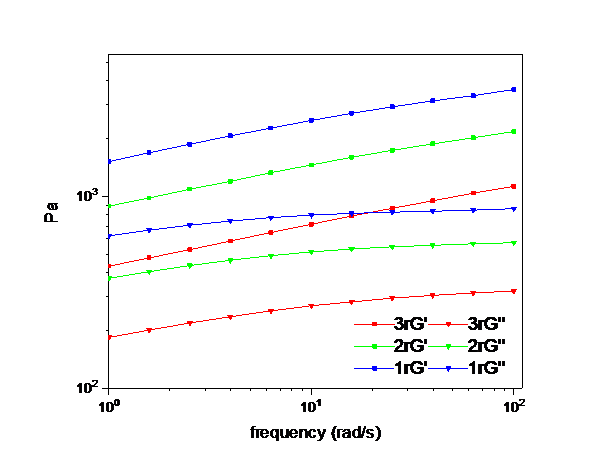
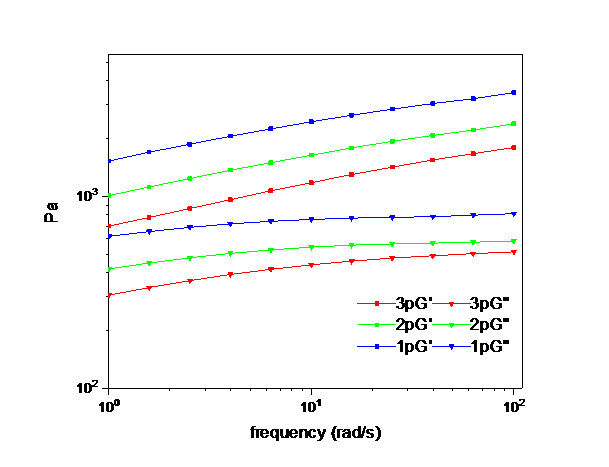
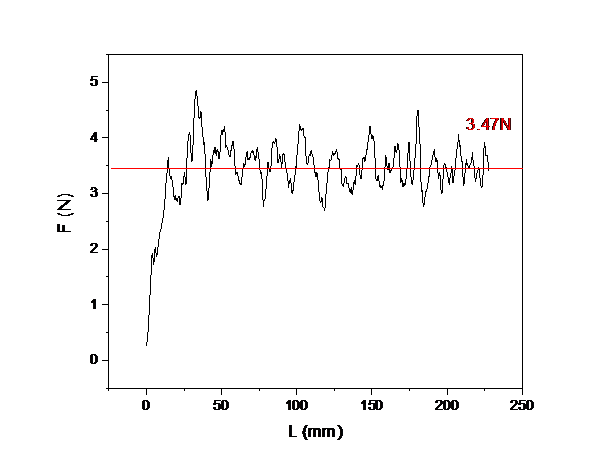
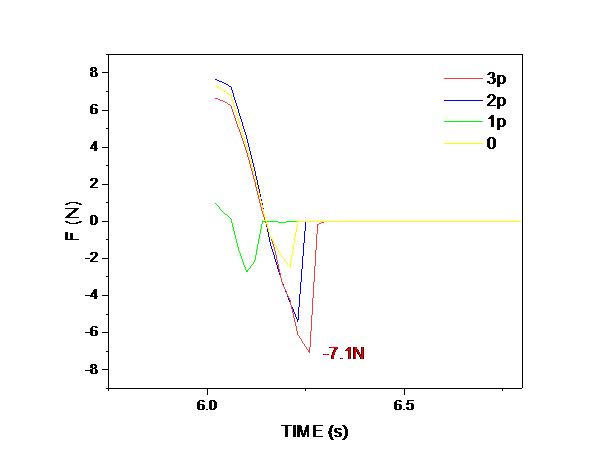
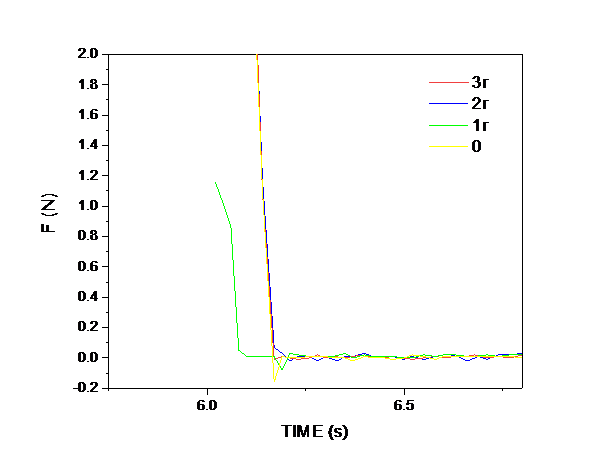
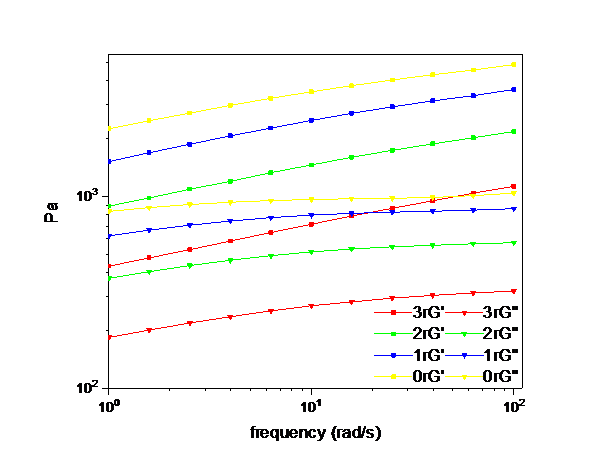
您可能感兴趣的文章
- 改善锂离子电池中硅基负极存储性能的策略研究外文翻译资料
- 通过添加压电材料BaTiO3提高大功率锂离子电池的微米级SiO @ C/CNTs负极的电化学性能外文翻译资料
- Pd和GDC共浸渍的LSCM阴极在固体氧化物电解池高温电解CO2中的应用外文翻译资料
- 利用同步回旋加速器粉末衍射的方法来研究在有其他物相的情况下C4AF的水化作用外文翻译资料
- 外国循环流化床锅炉发展现状外文翻译资料
- 含石蜡基复合材料的多壁碳纳米管的热性能外文翻译资料
- 矸石电厂炉渣机制砂的应用研究外文翻译资料
- 机动车螺旋弹簧的失效分析外文翻译资料
- 从废阴极射线管和锗尾矿制备高强度玻璃泡沫陶瓷外文翻译资料
- 作为导热液体的液态金属在太阳能储热中的应用外文翻译资料




